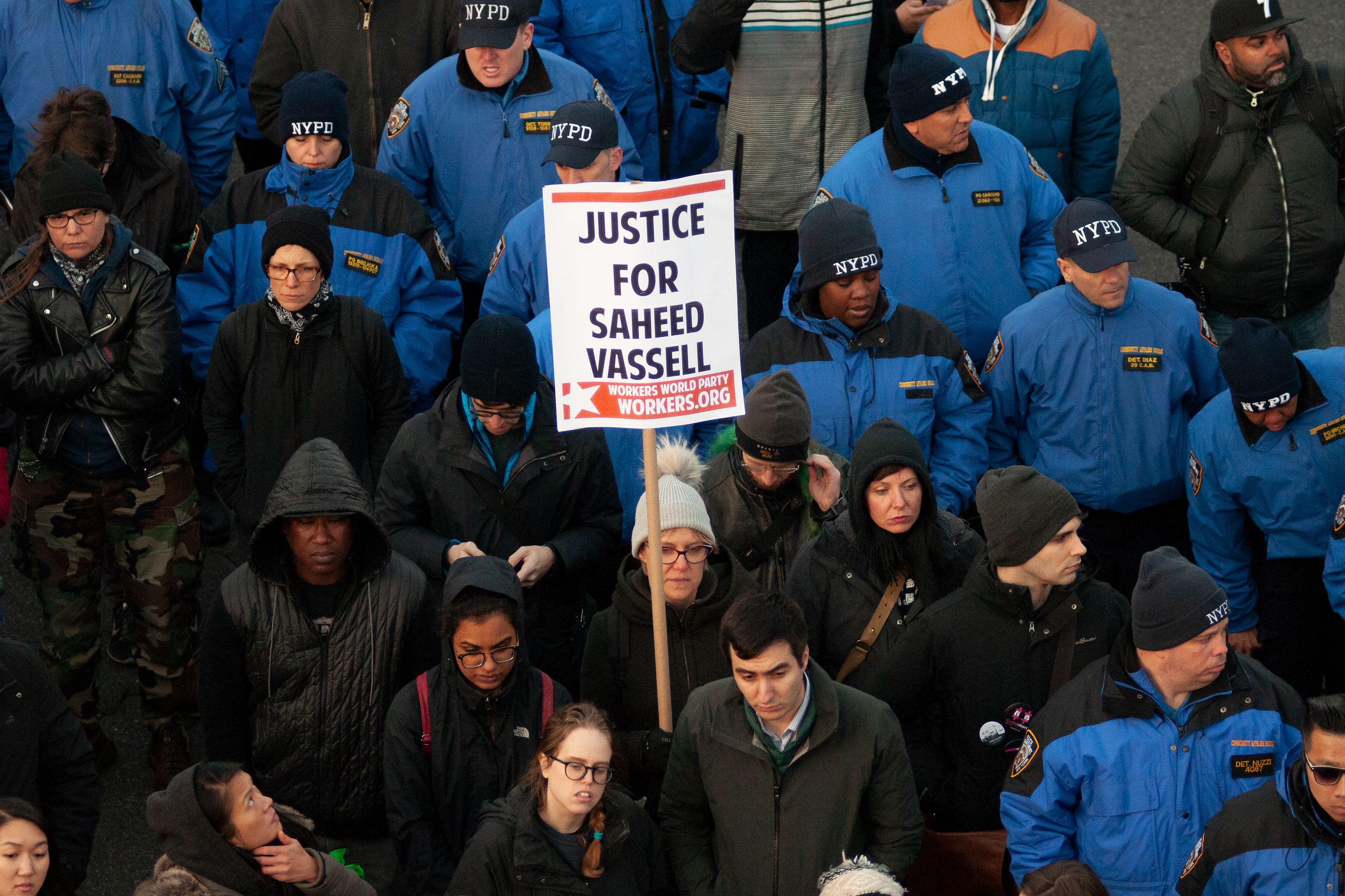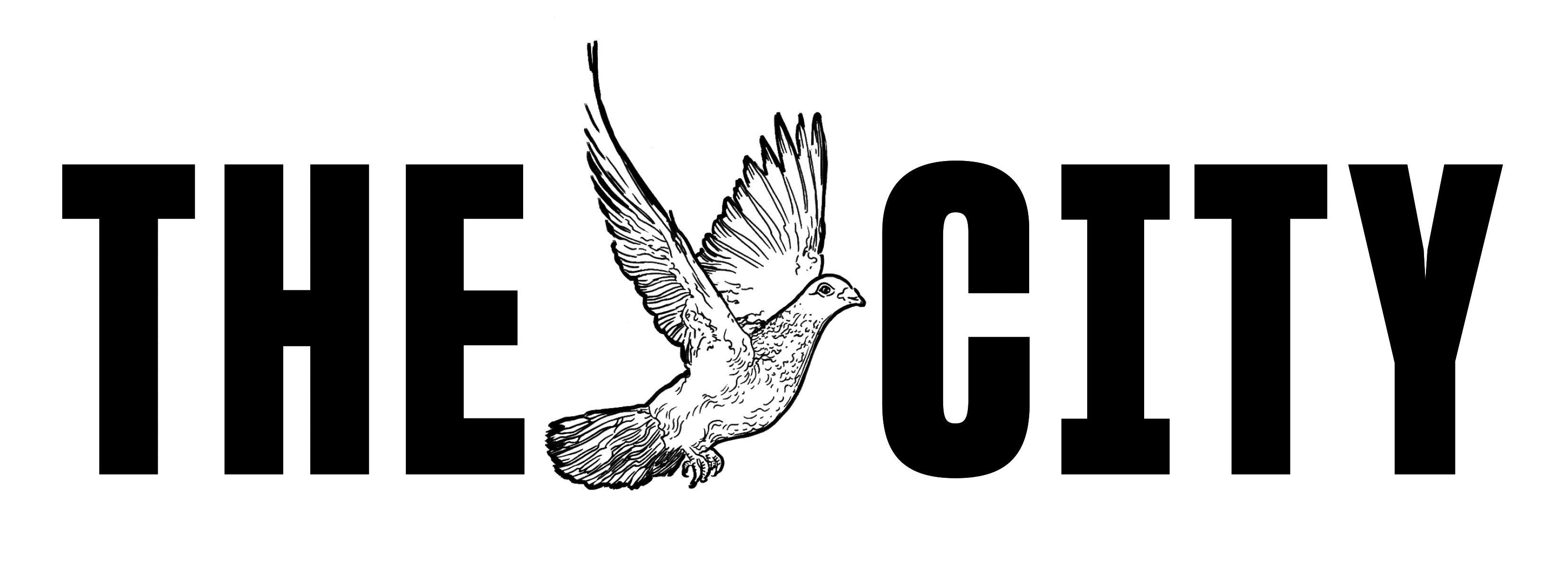No more EDPs: NYPD’s emergency plan to deal with mentally ill New Yorkers

 This story was originally published on Oct. 21 by THE CITY.
This story was originally published on Oct. 21 by THE CITY.
Trained mental health workers will finally start joining cops responding to 911 calls in a bid to reduce deadly encounters between the NYPD and New Yorkers experiencing psychiatric crises.
Police will no longer refer to the subjects of such emergency pleas for help as “EDPs” — cop-speak for “emotionally disturbed persons” — and instead use the term “mental health calls,” sources said.

Brooklyn Boro
View MoreNew York City’s most populous borough, Brooklyn, is home to nearly 2.6 million residents. If Brooklyn were an independent city it would be the fourth largest city in the United States. While Brooklyn has become the epitome of ‘cool and hip’ in recent years, for those that were born here, raised families here and improved communities over the years, Brooklyn has never been ‘uncool’.